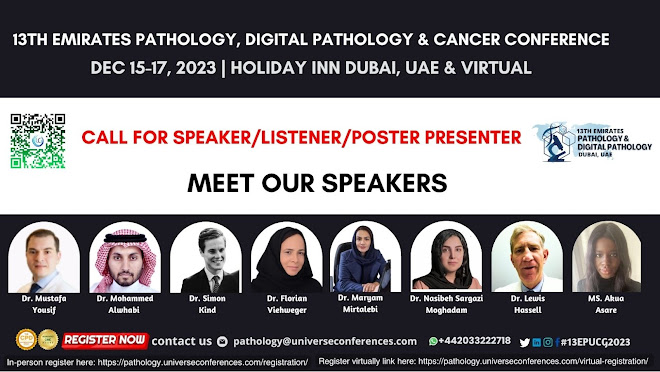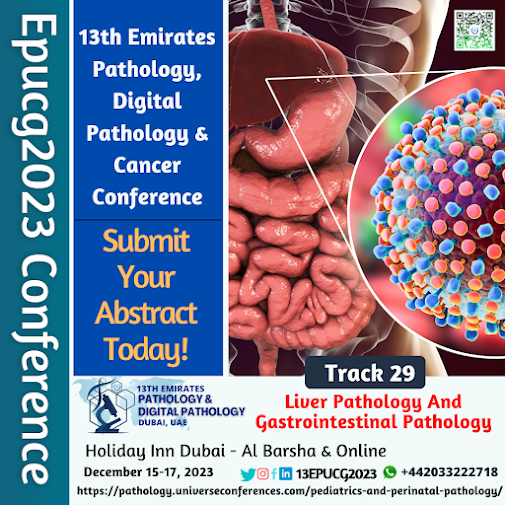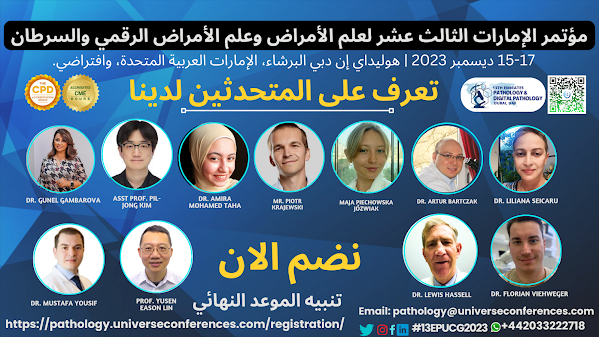The Role of Pathologists in Diagnosing Disease: Deadline Alert! Submit an abstract at the 13EPUCG2023 Conference from Dec 15–17, 2023, in Dubai & Virtual.

Pathologists are often the unsung heroes in the field of medicine, playing a critical role in diagnosing diseases and guiding patient care. In this blog post, we will shed light on the essential functions of pathologists in the diagnostic process and their impact on patient outcomes. · Defining Pathology : Start by explaining what pathology is and the primary responsibilities of pathologists. Highlight their expertise in understanding the mechanisms of disease. · Histopathology and Microscopic Examination : Discuss how pathologists use microscopes to examine tissue samples, identifying abnormalities, such as cancer, infections, and inflammatory conditions. · Cytopathology and Fine Needle Aspiration ( FNA ) : Explain how pathologists evaluate individual cells and use techniques like FNA to diagnose conditions like thyroid nodules and breast lumps. · Autopsy and Post-Mortem Examination : Explore the role of pathologists in performing autopsies to

.png)



